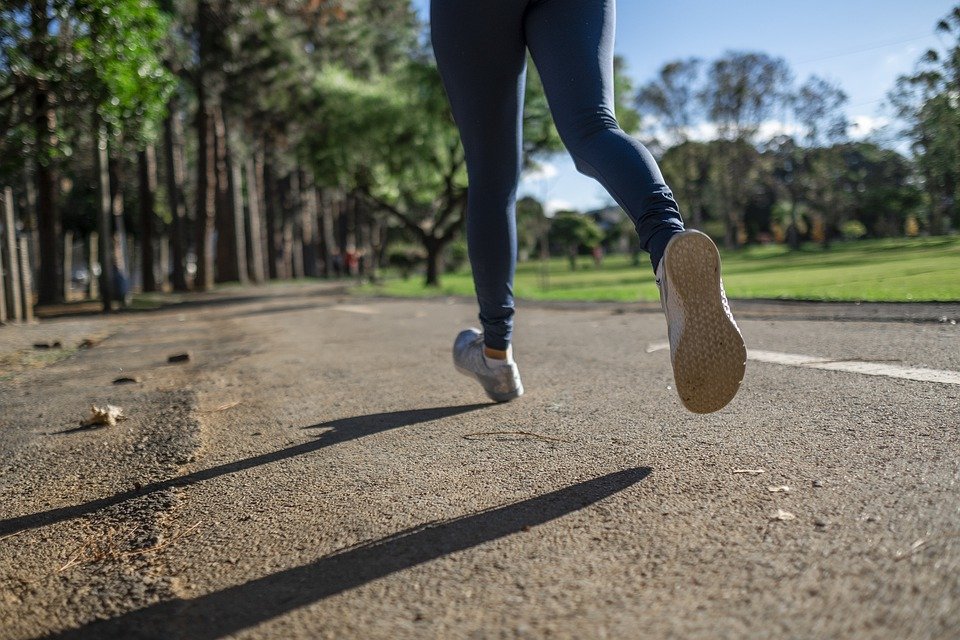Being properly prepared for a training session can help you be more efficient. There are some things you must be conscious of, especially if you are a beginner. Incorrect workouts can negatively affect both your motivation and health. Listen to your body – what’s true for other runners may not necessarily be right for you. Here are some tips to help you!
1) Watch Your Running Pace
For the first 10 to 15 minutes of your run, go at a moderate pace. This will help your body warm up and familiarize itself with the effort. It will increase your metabolism and blood circulation. Starting out too quickly can lead to overwork, pain, and irritation. After a short walk, increase your pace. Then run fast enough. If you start to feel tired, walk for a while before making a final sprint.
2) Don’t Overdo the Exercise
People are usually highly motivated, especially in the beginning, and think they don’t need to take breaks in between. However, it is crucial to allow your body to recover fully. The muscles, bones, and tendons need to adapt to the effort first. Your cardiovascular system also requires time to accommodate the new demands. Workouts can be performed every other day at most. Training two to three times a week is sufficient. Doing so will increase the effectiveness of your training and protect you from excessive training. Besides, overtraining can cause your performance level to drop, making you more prone to injury.
3) The Right Shoes
Wearing the right shoes is essential. Buying cheap shoes is saving you money in the wrong places. Proper shoes support your joints and protect you while doing certain movements. It is a good idea to replace your running shoes after 600-800 miles. If you run often, you should switch to another pair of shoes regularly – your feet shouldn’t be too used to a particular shoe model. Training in different running shoes will stimulate the muscles of your entire foot and leg differently each time. Your joints, ligaments, muscles, and tendons will be more efficient—the risk of getting injured while running will also be reduced.
Tip: Many sporting goods stores offer running analysis to help you determine the best shoes for you.

4) Breathe Correctly
Don’t put too much emphasis on breathing while jogging. If you get stiff, problems like a cramp in your side will arise. Allow your body to do the breathing process naturally and sufficiently on its own. While some people breathe through their noses, others find it easier to breathe through the mouth. Pay attention to what works best for you.
Tip: If you have trouble breathing smoothly, you should simply pick up a small stone as a distraction during endurance training. Then you focus on the rock and automatically breathe correctly. This diversionary maneuver works very well, especially for beginners.
5) Don’t Dress Too Warm
If you are dressed too warm, you will sweat after a short time. If the moisture cannot be transported away correctly, you will start to shiver. Use functional clothing. The materials are lightweight and breathable. In colder temperatures, dress according to the onion principle. This way, you can still take off extra clothes.
Tip: If you feel slightly cold before you start exercising, you are dressed correctly.
6) Drink Enough Water
Avoid drinking large amounts of water immediately before your workout. Your fluid reserves are sufficient for training of fewer than 60 minutes. If you experience dizziness, cramping, or nausea, you have lost too much fluid or ingested too little. In this case, try to drink a bit more first next time or stop at a water fountain along the way.

Do you love jogging? Let us know in the comments below!


